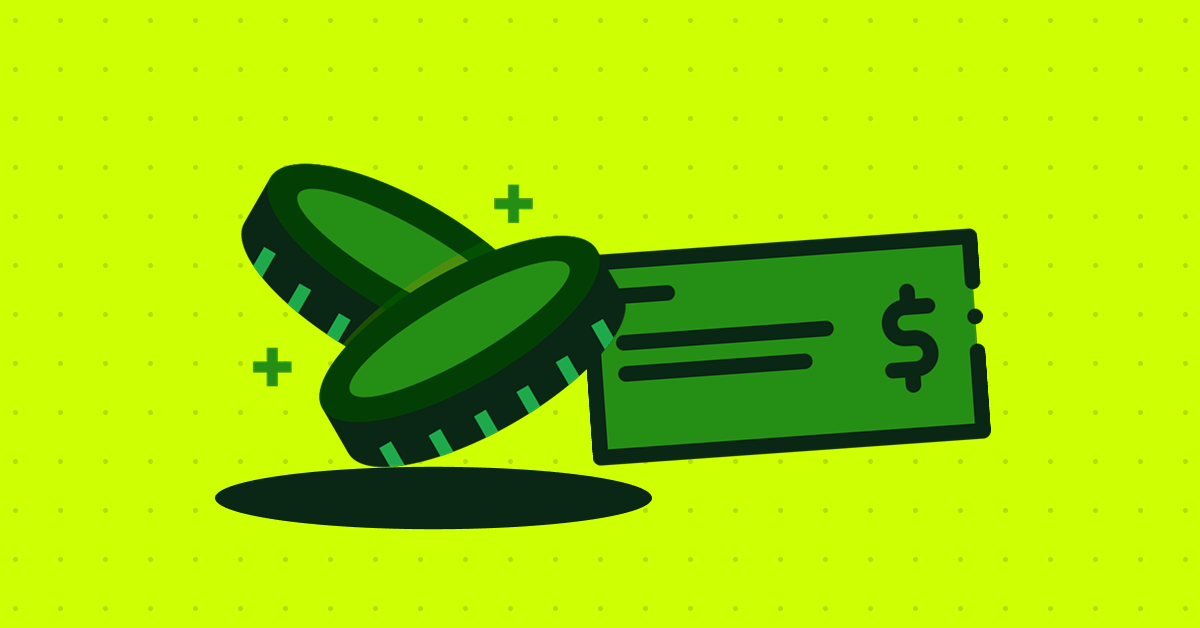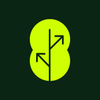What Is a Money Order? How to Fill Out and How It Works
A money order is a secure form of payment—similar to a check, but guaranteed by the issuer.

What is a money order? When you need to make a payment, and cash or check won’t cut it, a money order might be the solution. A money order is a paper payment certificate that is often used when you can’t pay with a check or credit card.
You can buy a money order from a bank, credit union, the U.S. Postal Service, or a money transfer company like Western Union and MoneyGram. If you receive a money order, you can usually cash it or deposit it just like a check.
Here’s a closer look at what a money order is, how it works, and what you need to know about buying and using one.
What Is a Money Order?
A money order is a paper document that is essentially a prepaid check. It is a safe and easy way to send money to someone who doesn’t accept electronic payments, or to pay for goods and services from a business that you don’t want to pay with a personal check.
Money orders are particularly useful because they are prepaid. When you purchase a money order, you pay the amount of the money order up front, as well as a small fee. The money order is then as good as cash, because the person who receives it can deposit it into a bank account and get the cash.
How to Get a Money Order
Money orders are available for purchase at many locations. The U.S. Postal Service is the most well-known issuer of money orders, but there are many other places to buy one, including:
• Banks and credit unions
• Check-cashing, payday loan, and title loan companies
• Convenience stores
• Grocery stores
• Money transfer companies
• Pharmacies
• Walmart and other retailers
You can pay for a money order with cash, a debit card, or a traveler’s check. Some places also accept credit cards or checks. There are a few things to consider when you buy a money order:
• Fees: You’ll typically pay a fee to buy a money order. Fees can range from less than $1 to several dollars, depending on where you buy it. The U.S. Postal Service, for example, charges $1.25 for money orders up to $500 and $1.70 for money orders between $500 and $1,000. Walmart, on the other hand, charges 88 cents for money orders up to $1,000.
• Amount: How much you need to send will determine how many money orders you need to buy. Most issuers have a maximum limit for how much you can send with a single money order. The U.S. Postal Service, for example, allows you to send up to $1,000 with a single money order and up to $10,000 in a single day. If you need to send more than that, you’ll need to buy multiple money orders.
• Payee: You’ll need to know the name of the person or organization you’re paying before you buy a money order. You’ll also need to know the amount you want to send.
How to Fill Out a Money Order
To fill out a money order, follow these steps:
1. Write the Payee Name
In the “pay to the order of” line, write the full name of the person or business you are paying. Be sure to spell the name correctly. If you’re not sure, ask the recipient how to spell their name.
2. Add Your Information
In the “purchaser, sign here” line, sign your full name. This is the same name you used to fill out the “from” field on the front of the money order.
3. Write Your Address
In the “address” line, write your full home address. This is the address you used to fill out the “from” field on the front of the money order.
How a Money Order Works
When you buy a money order, you’ll need to fill in the name of the recipient and the amount of the money order. Unlike a personal check, the money order is as good as cash, and the recipient can cash it at any location that sells money orders (including banks, credit unions, check-cashing locations, and some grocery and convenience stores).
If the money order is lost or stolen, you can generally cancel it and have a new money order issued. The process varies depending on where you bought the money order, but you’ll typically need to fill out a form and pay a fee to get a refund. Keep your receipt and the money order serial number (located on the receipt) in a safe place until you’re certain that the money order has been received.
The Pros and Cons of Money Orders
Money orders are a useful tool for taking care of financial business when you don’t want to use cash, a personal check, or a bank wire. Money orders are paid for in advance, so they are guaranteed forms of payment, making them a popular choice for landlords, utility companies, and other billers who may not accept checks or credit cards from customers who have a history of non-payment.
However, money orders also have some drawbacks. Here are some of the pros and cons of using money orders.
How Money Orders Differ From Cashier’s Checks
Both money orders and cashier’s checks are forms of guaranteed payment. But there are some differences between the two:
• Money orders are generally used for smaller dollar amounts, while cashier’s checks are used for larger amounts. For example, you might use a money order to pay a $100 utility bill, while you could use a cashier’s check to pay the $1,000 deposit on a rental apartment.
• Cashier’s checks are drawn on the bank’s own funds, while money orders are prepaid. In other words, when you buy a cashier’s check, the bank takes the money from your account and puts it into its own account. The bank then writes a check to the designated payee. With a money order, you pay the issuer the amount you want the money order to be for, and then the issuer provides you with a money order that is essentially a prepaid check.
Money Order vs. Personal Check
Money orders and personal checks are similar in that they are both paper documents used to pay for things when cash isn’t an option. But there are some key differences between the two.
A money order is a prepaid payment that is guaranteed by a third party. When you purchase a money order, you pay for the full amount of the money order upfront, plus a small fee. The person or business that you are paying will be able to cash the money order and get the full amount. In this way, a money order is similar to cash.
A personal check is not a prepaid payment. When you write a check, you are telling your bank to pay the amount of the check to the person or business that you are paying. The person or business that you are paying can take the check to their bank and cash it, or they can deposit it into their bank account. In this way, a personal check is similar to an electronic bank transfer.
Money Order vs. Cash
If you’re trying to decide whether to use a money order or cash, there are a few things to consider.
Security
A money order is a secure form of payment. It requires a signature and cannot be cashed by anyone except the person or business to whom the money order is made out.
If lost or stolen, a money order can be replaced. If you lose cash, it’s gone for good.
Cost
You can purchase a money order for a small fee, usually around $1 to $2. But it’s free to use cash.
Amount
Money orders are available for purchase up to $1,000. If you need to pay more than that, you’ll need to use cash or another form of payment.
Convenience
Cash is the most convenient form of payment. You can use it anywhere and it’s accepted by everyone.
Conclusion
And that’s it. You’ve successfully filled out a money order.
If you have any questions about money orders, feel free to reach out to your local Check City store. We’re here to help!
If you have any tips or advice on money orders, please feel free to share them in the comments below.
